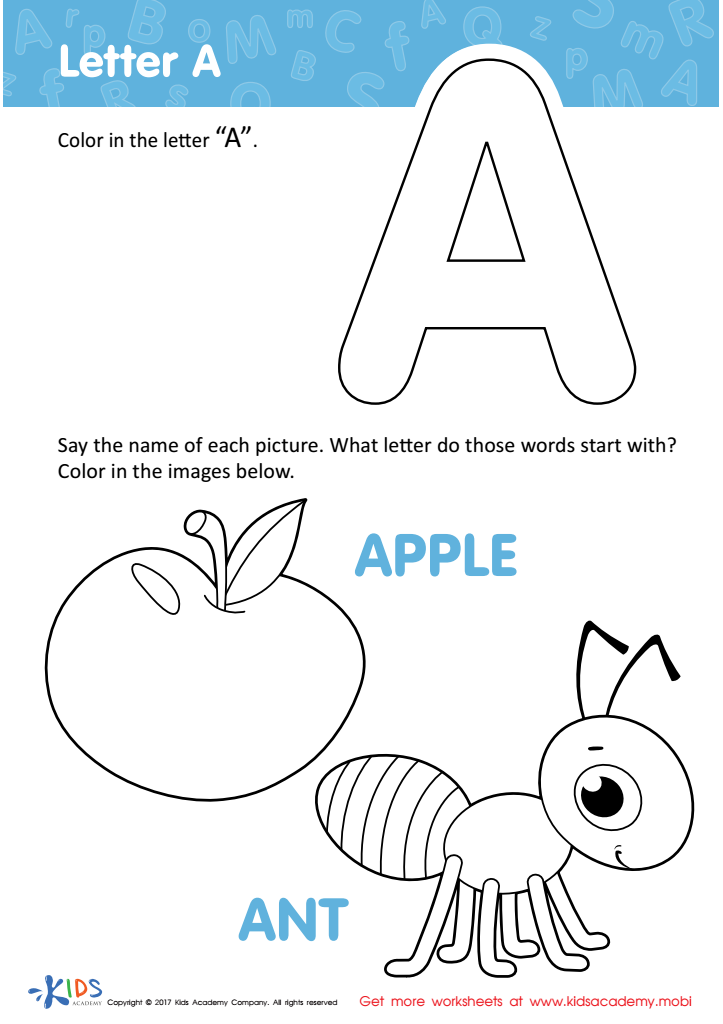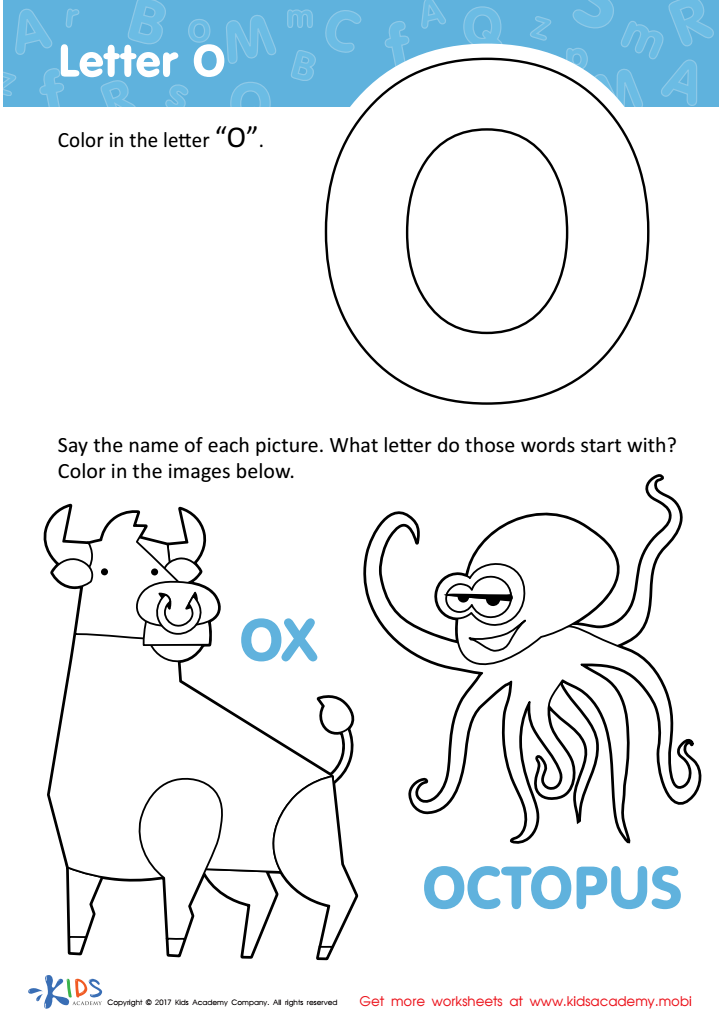Letter Tracing Normal Alphabet Coloring Pages Worksheets for Ages 3-4
4 filtered results
-
From - To
Unlock the joy of learning with our "Letter Tracing Normal Alphabet Coloring Pages Worksheets" designed for children ages 3-4. These engaging and educational activities are perfect for early learners to develop essential skills. Each worksheet combines letter tracing, coloring, and fun illustrations to help young children recognize and write each letter of the alphabet. Our expertly crafted worksheets enhance fine motor skills, hand-eye coordination, and letter identification. Parents and educators can easily print these worksheets for use at home or in the classroom, providing a delightful and effective learning experience that makes mastering the alphabet enjoyable for little ones.


Letter A Coloring Sheet


Letter D Coloring Sheet


Letter O Coloring Sheet


Letter H Coloring Sheet
Letter Tracing Normal Alphabet Coloring Pages for ages 3-4 are fundamental educational tools that parents and teachers should prioritize for several compelling reasons. At this pivotal developmental stage, children are beginning to understand the basics of language and fine motor skills, and these activities cater directly to these important areas.
Firstly, tracing letters helps children learn the shapes and appearances of each letter, which is foundational to literacy. This exercise reinforces letter recognition, a critical skill for reading and writing development. By engaging in routine practice, children can transition more smoothly into writing.
Secondly, the act of tracing enhances fine motor skills. Small hand muscles develop precision and coordination through repeated tracing and coloring attempts, laying the groundwork for future tasks that require hand control, such as writing sentences and performing day-to-day activities. Improved penmanship translates to clearer and more confident written communication.
Furthermore, coloring is an excellent way to foster creativity and self-expression. While tracing may focus on structured skill-building, coloring encourages children to explore different colors and artistic choices, making learning enjoyable.
Lastly, such activities are aligned with early childhood education principles, engaging kids in a manner that's both educational and fun. Parents and teachers can transform passive learning into an interactive and exciting experience, nurturing a child’s enthusiasm for academics from an early age.
 Assign to My Students
Assign to My Students











